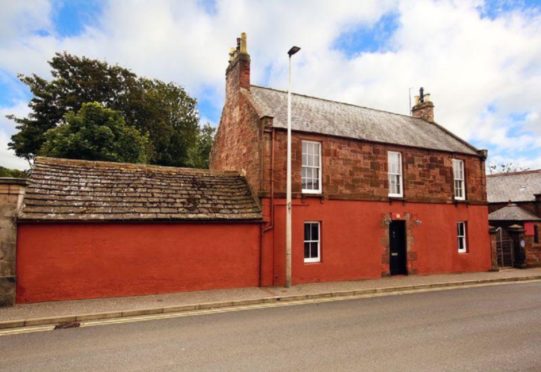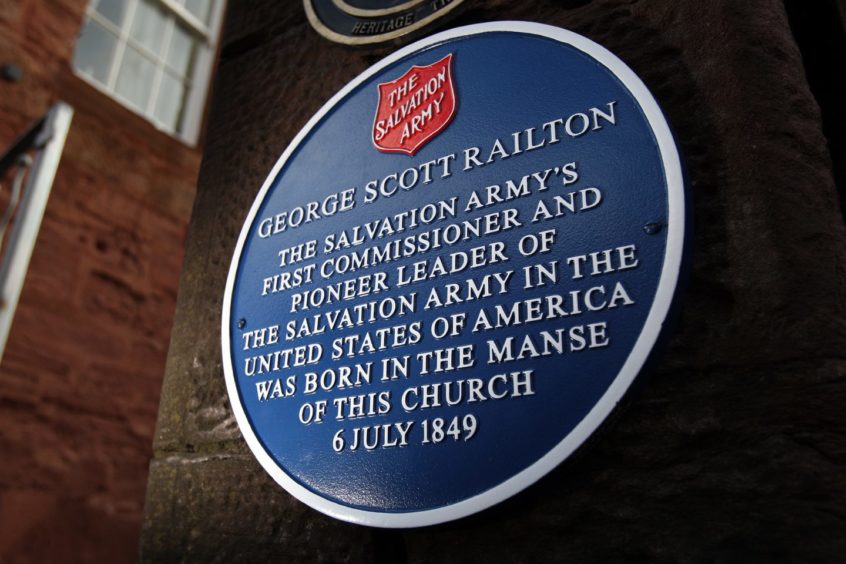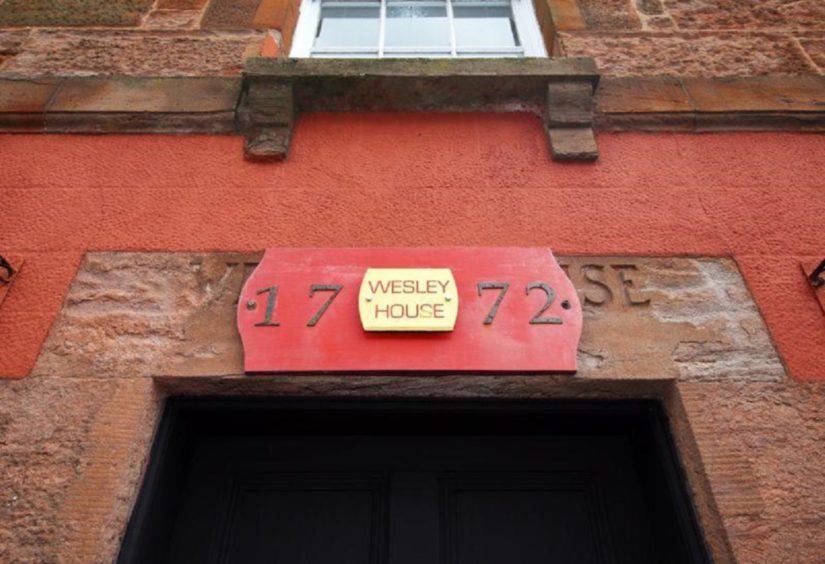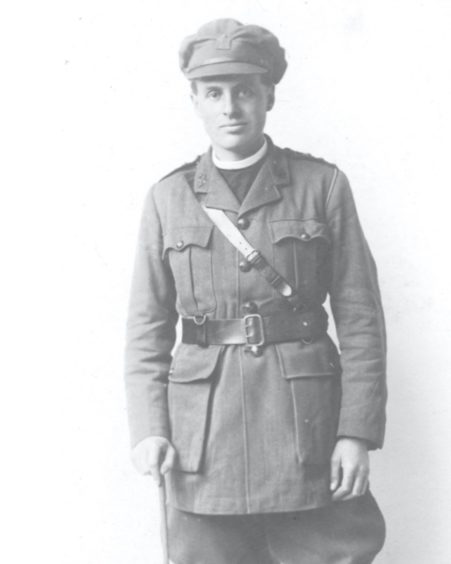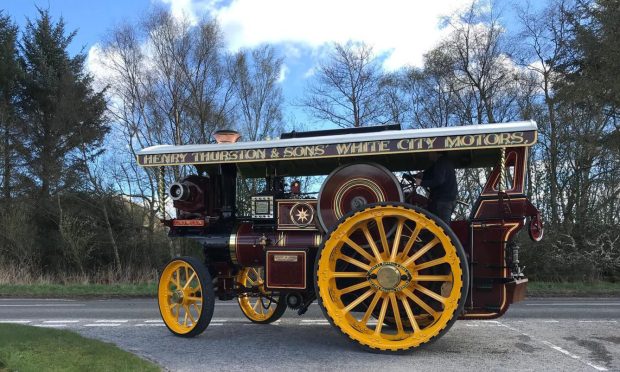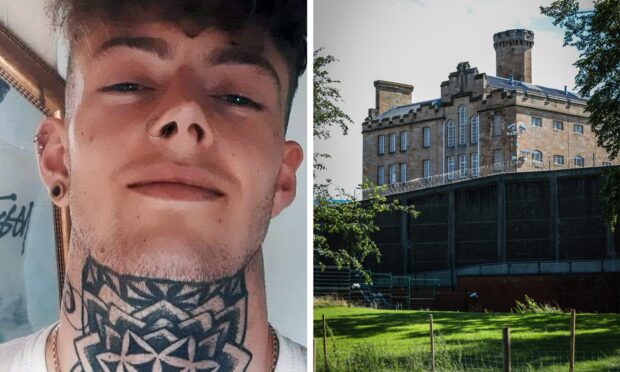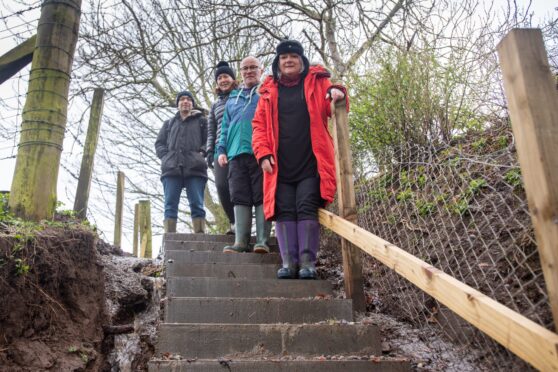An Angus manse with fascinating links to a leading light in the international expansion of the Salvation Army has come to market.
Historic Wesley House in Arbroath’s Ponderlaw Street was commissioned in 1772 by clergyman John Wesley, a leading figure in the Methodist movement within the Church of England.
It was built at the same time as the adjacent Methodist church and was originally the minister’s home.
In 1849, the property was the birthplace of George Scott Railton, who went on to become the Salvation Army’s first Commissioner and was second-in-command to the organisation’s founder, General William Booth.
Railton lost both his parents as a youngster and left Angus at an early age before finding his way to London and the home of William Booth.
The son of Angus was the pioneer of the organisation’s missionary work in the United States.
Railton’s dedication also took him to China and Japan as the spiritual son of Booth, who he is buried alongside in London’s Abbey Park cemetery.
Although his importance in the global growth of the Salvation Army remained unknown to many in Angus, Railton’s contribution to the 156-year-old Christian charitable organisation is marked by a plaque on the wall of the Ponderlaw church marking his birth in July 1849.
It was unveiled in 2012 by Salvation Army Major Deborah Sedlar, a senior figure in the US and Caribbean for the organisation who travelled to Angus for the event.
A similar memorial to Commissioner Railton is located in Battery Park, New York City.
The Tomb of the Unknown Soldier
In a further fascinating chapter of the family story, Railton’s only son, David, was the man who conceived the idea of the Tomb of the Unknown Warrior.
Born in 1884, he was a clergyman in the Church of England and was serving as a British Army chaplain in the Western Front when the sight of a grave marked by a rough cross sparked the memorial concept.
It bore the script ‘An Unknown British Soldier’ and the Rev. Railton suggested the symbolic funeral and burial of an ‘unknown warrior’.
His idea won support from the Dean of Westminster, Prime Minister David Lloyd George and then King George VI, leading to the creation of the symbolic tomb in Westminster Abbey.
David Railton, who was awarded the Military Cross in 1916 for saving an officer and two men under heavy fire, died after falling from the overnight London to Fort William train in June 1955.
He is buried in the graveyard of St Bride’s Church in North Ballachulish.
Wesley House was C-listed in early 1980.
The three-bedroom home is now being marketed by Remax for offers over £199,000.
The adjacent church is also known as the Totum Kirkie, its octagonal shape being akin to an old eight-sided spinning top known as a totum.
It is the second oldest Methodist church in Scotland.
